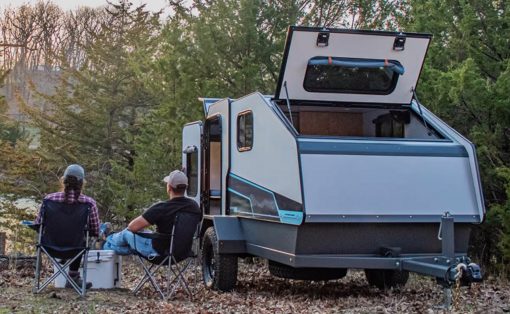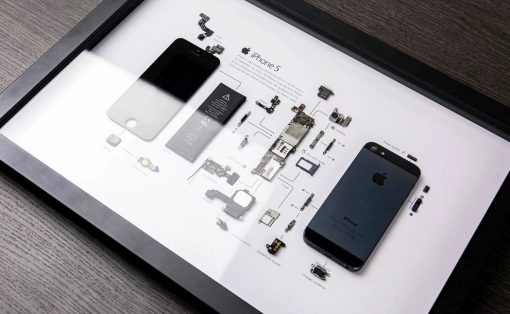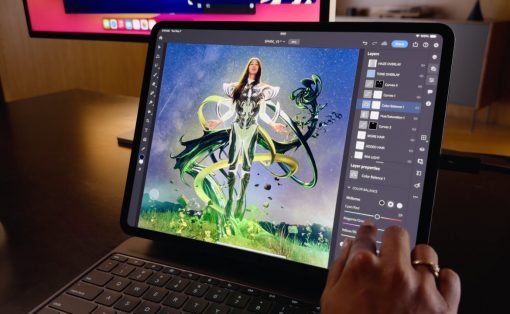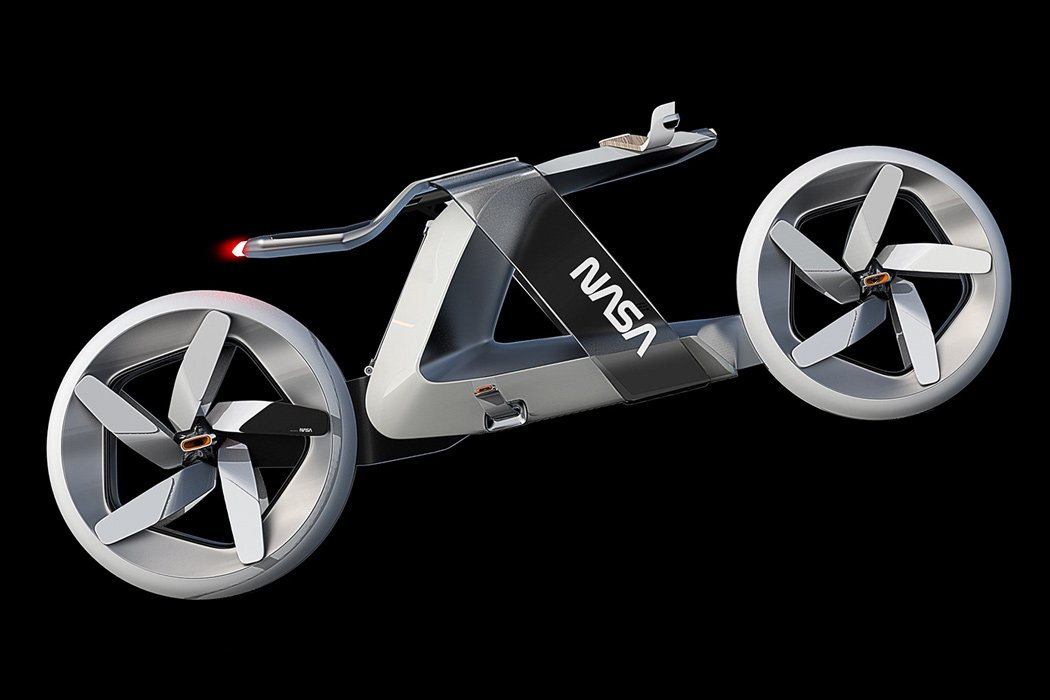
SpaceX has given a new life to our space explorations. While the idea of a man on the moon or even Mars is not new – things tend to shake up when a radical force, in this case, Elon Musk’s company begins innovating with success. Movies and sci-fi writers alike have painted a vivid picture of what life in outer space can be like, but product designers are not far behind! Be it automotive designs, wearable designs, or even furniture designs – everything in this list will add a touch of outer space to our Earth-based life!
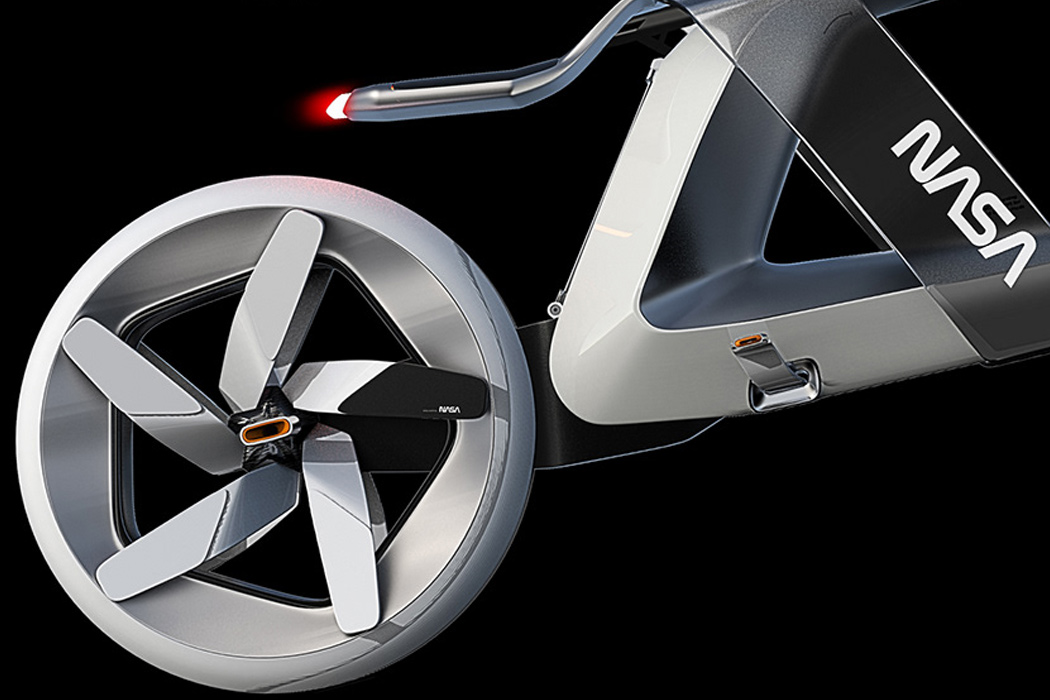
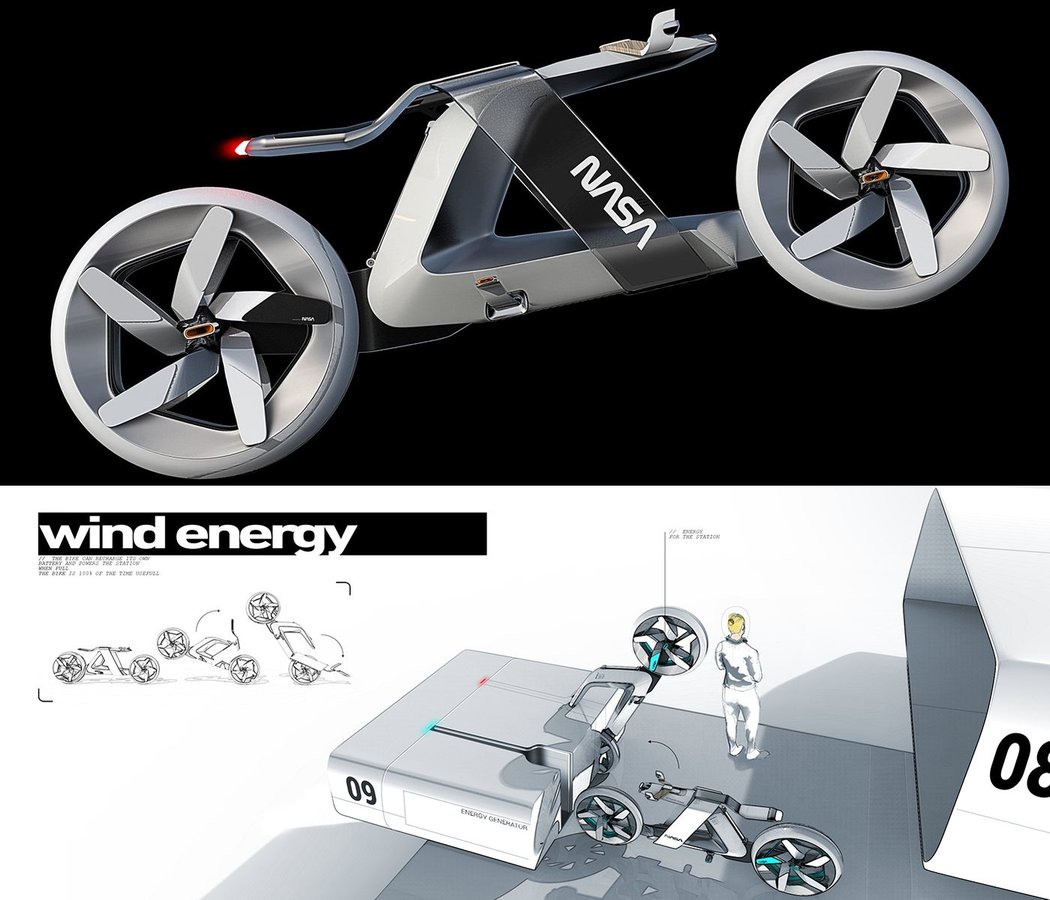
Designer Simon Grytten has thought something out of the box and penned it down in the form of sketches for his version of a bike that’s apt for Mars missions. He calls it the NASA Bike and Grytten has designed the mock-up in a way that makes it just more than a medium of transportation. It can charge its own battery as well as the battery of the base station by harnessing the wind energy courtesy of the prominent storms of the planet. NASA Bike turns into a wind turbine when not in use which is a mindful utility in a space where everything needs to be resourceful. The bike plugs-in to the charging station which is a big generator to keep things running on the hostile planet. For riding the two-wheeler has a very bare-bones basic design for obvious reasons since one is not going to drive it for the thrill of riding, rather get from one place to another, safe and sound.
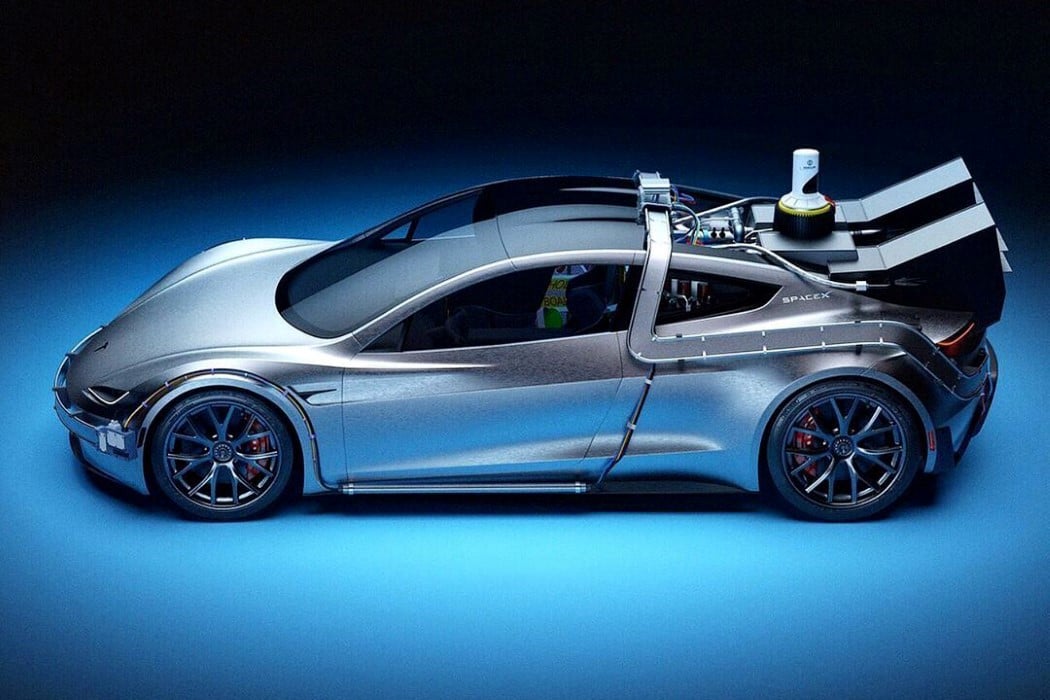
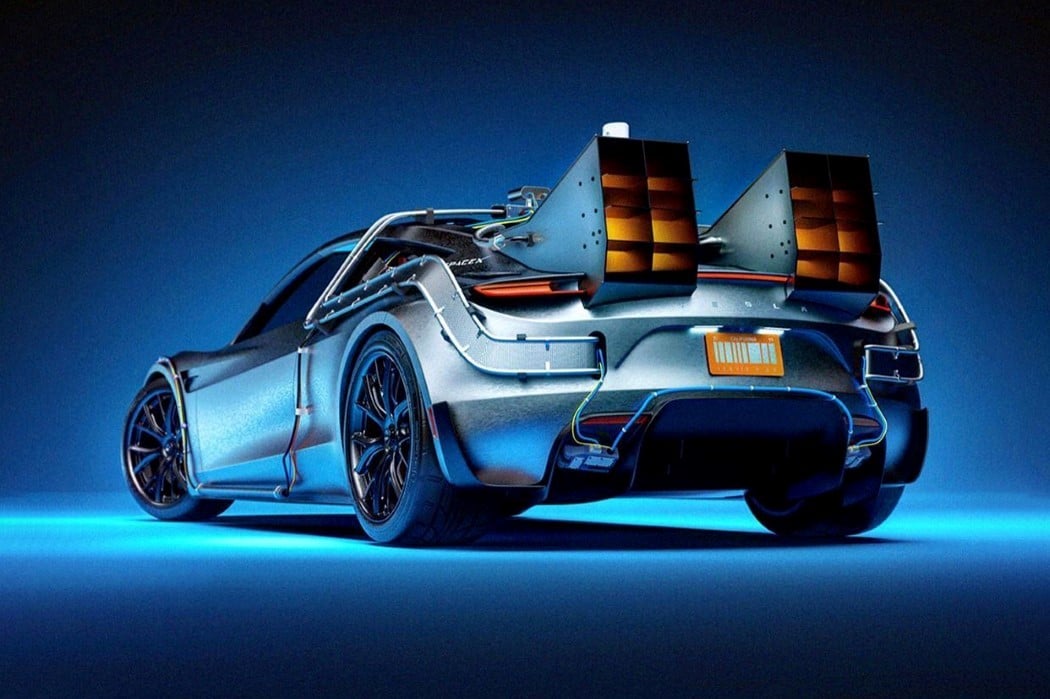
The Tesla x SpaceX x BTTF combination comes from the mind of Charlie Nghiem, a maverick automotive designer who’s even made a Tesla x Rimowa concept collab. This holy-trinity mashup features both of Elon Musk’s current ventures, electric automobile company Tesla, and space exploration venture SpaceX, along with an unlikely third, the DeLorean from Back To The Future (Musk is a Rick and Morty fan, so maybe he loves BTTF too?) The car looks like a pimped out Tesla Roadster complete with all the trims and the massive afterburners from the BTTF automobile. The car’s even got a hoverboard casually resting against its side, and features a SpaceX logo at the base of the C pillar, because where they’re going, they don’t need roads.
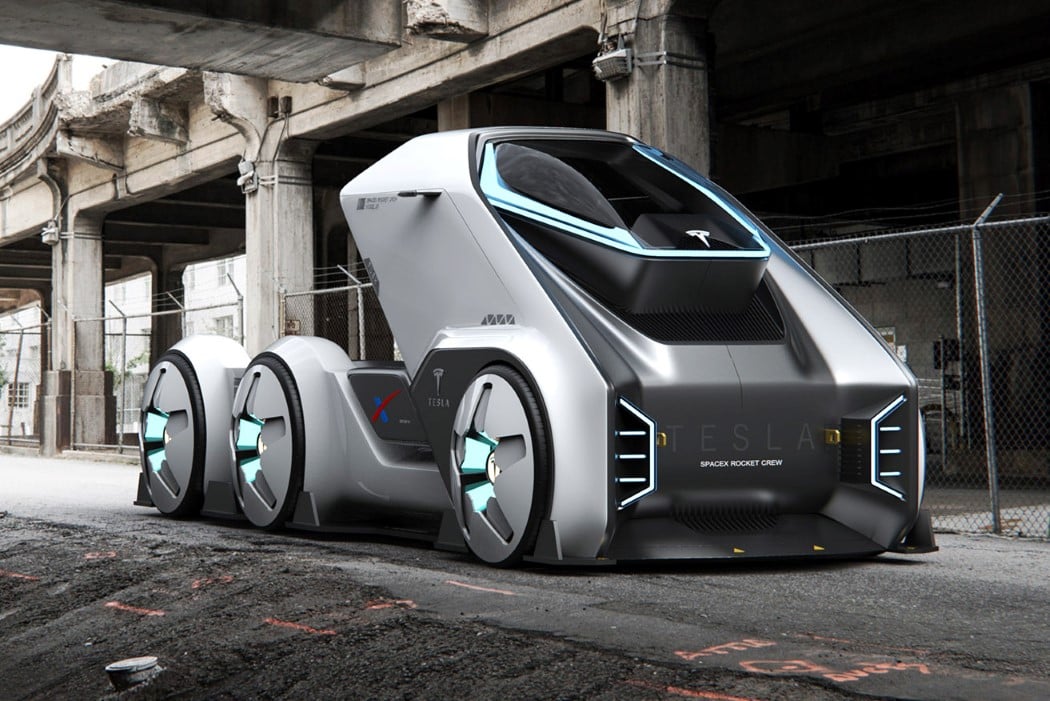
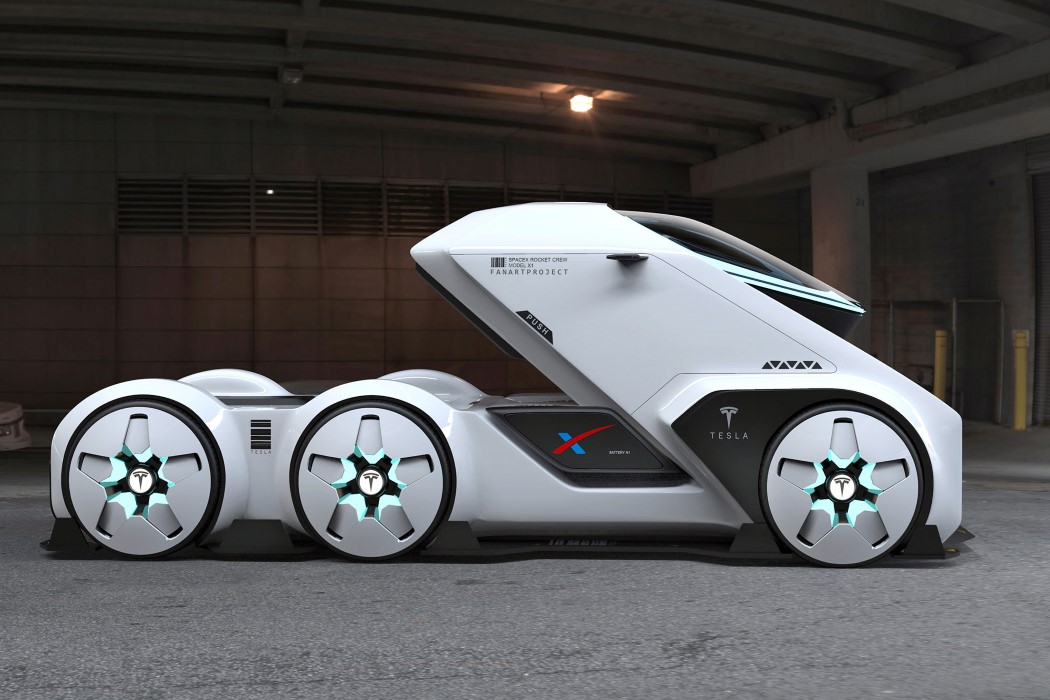
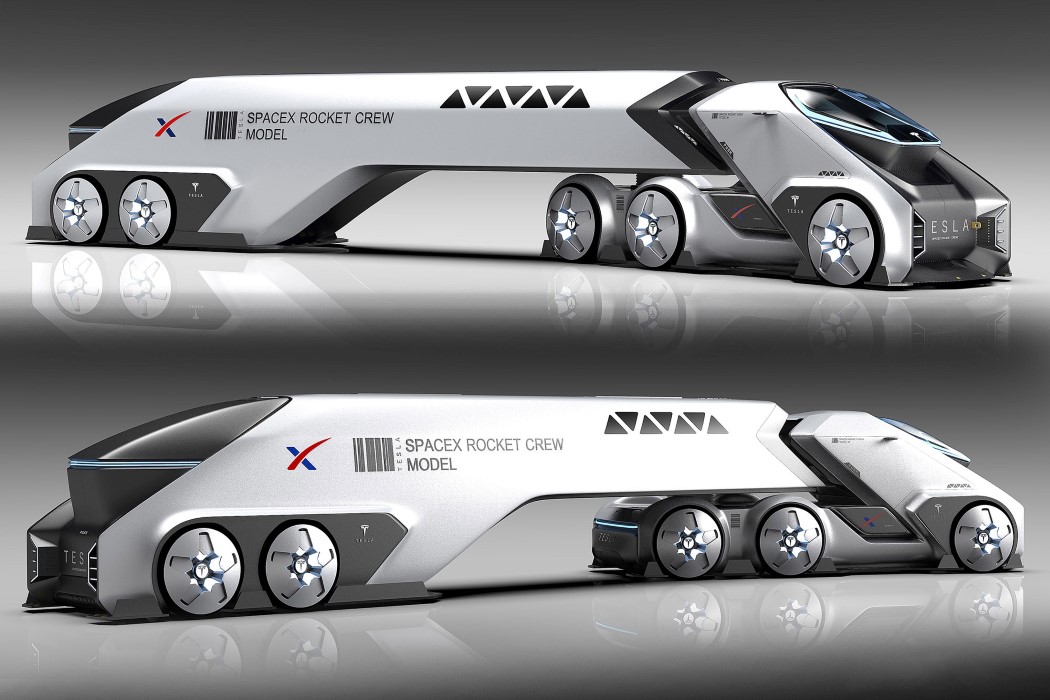
Created by automotive designer Alex Baldini Imnadze, the SpaceTruck is a concept created as a dream collaboration between Tesla and SpaceX. Unlike Tesla’s original semi-truck, the SpaceTruck is more situation-specific, designed to transport rocket parts and the Dragon crew around and between facilities. Citing Syd Mead as his primary source of inspiration, Baldini says the SpaceTruck was created as an effort to embrace ‘Astro-design’, creating a vehicle that visually represented the space-age we’re currently in. The SpaceTruck’s design language mimics the Dragon Crew Capsule, with a similar white and black color combination. Needless to say, the truck is entirely powered by an electric drive-train and features a cockpit that sits above all the machinery, jutting out too, to slightly resemble the SpaceX astronaut helmet.

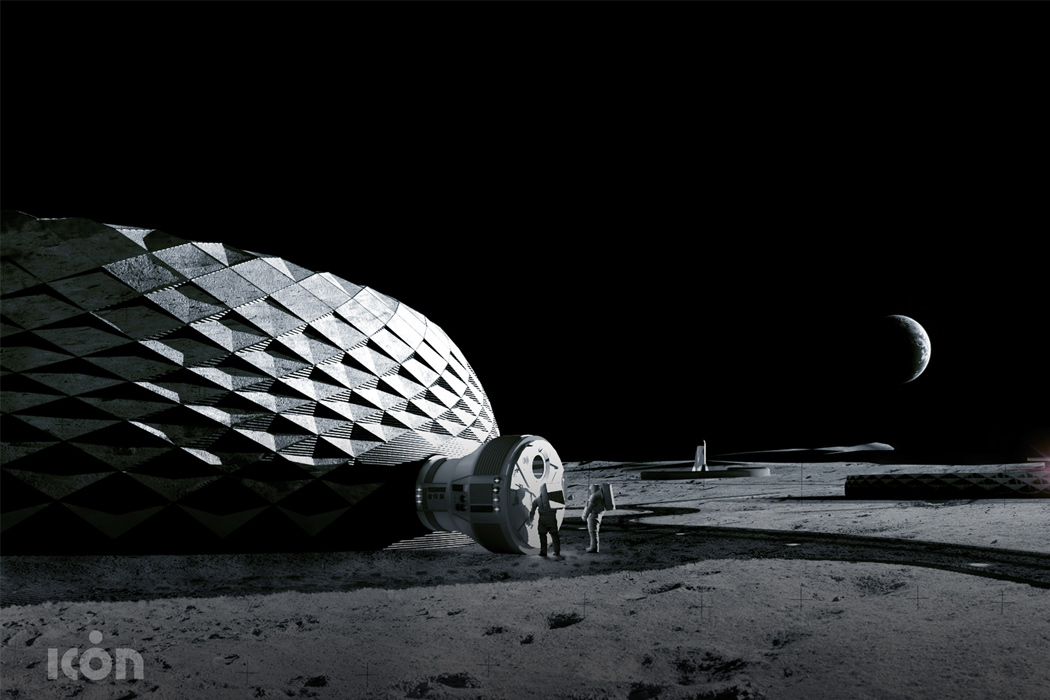
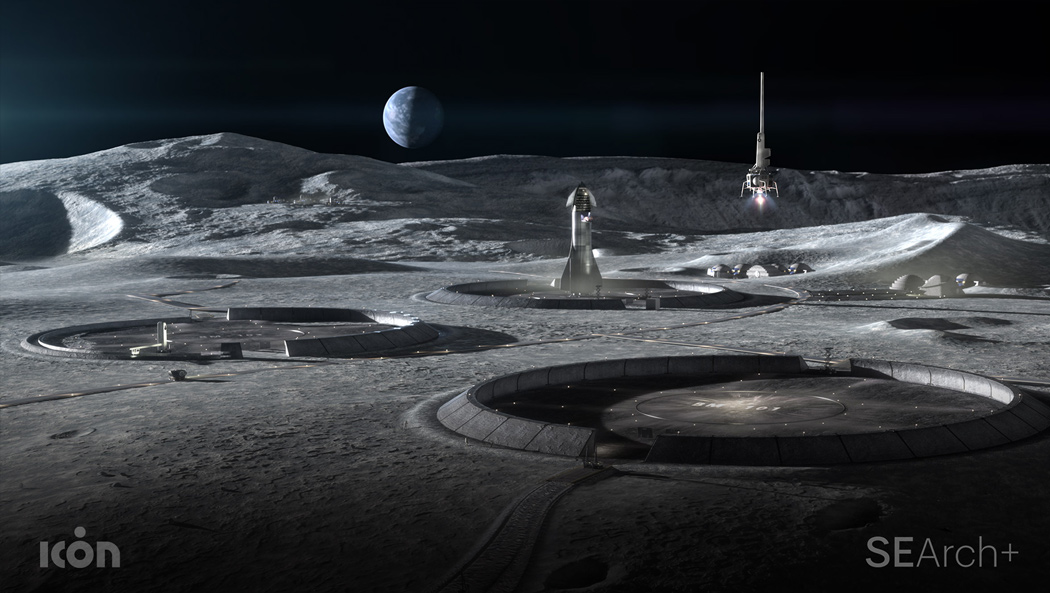
Bjarke Ingles is the Elon Musk of the architectural world, he loves to explore the impossible and has a penchant for designs that can help save mankind right from his environmentally friendly buildings to Project Olympus. Project Olympus is about finding a way to create a 3D-printed infrastructure for living on the moon using materials found on its surface. Why do we need a habitat on the moon? So that we can launch sustained lunar exploration missions where the astronauts will be able to stay comfortably and carry out their research for extended time periods. The project has also enlisted SEArch+ (Space Exploration Architecture) after it received a Small Business Innovation Research (SBIR) government contract boosted with funding from NASA.
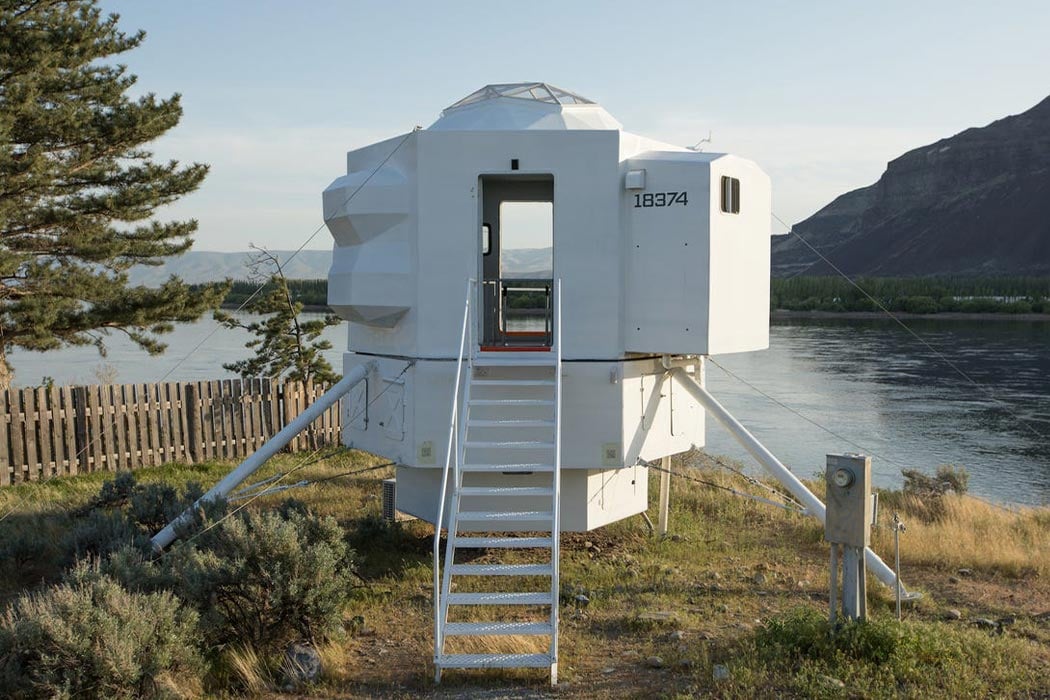
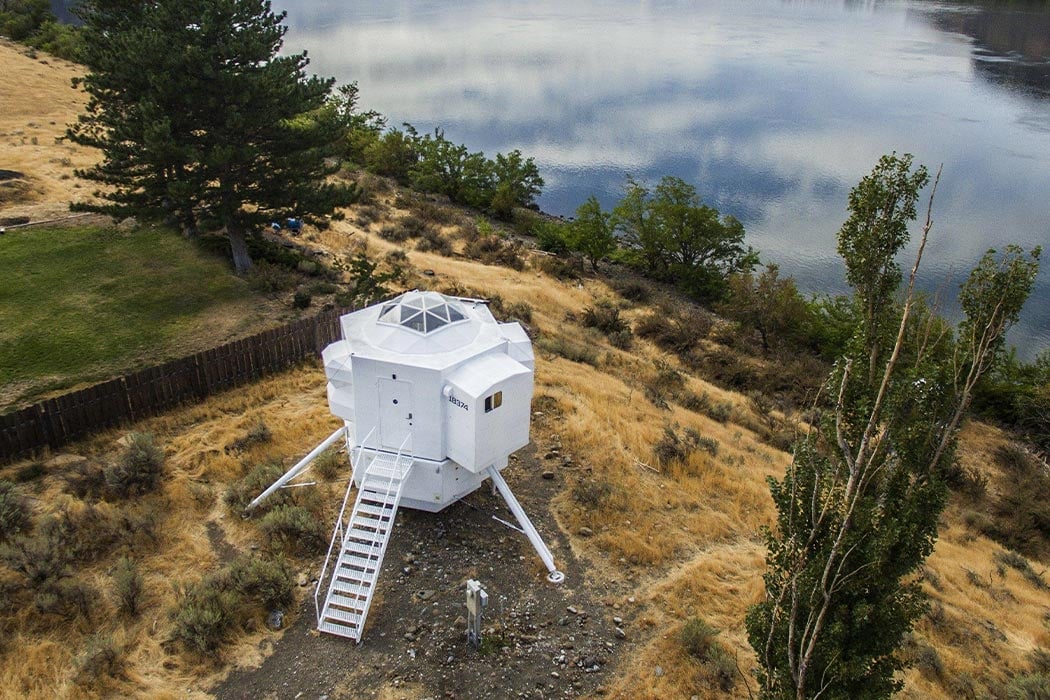
Kurt Hughes handcrafted this tiny home to combine his love for houses and boats, and while we have seen many tiny homes having one that looks like a spaceship capsule is exciting! Why the lunar lander? Because it was a home and a ship. Obviously, it is not as technically complex as a real NASA lunar lander so that living won’t require any special training and it will certainly be more comfortable. Unlike the real Apollo 11 module, this Lunar Lander is very spacious on the inside. The 250 square feet hexagonal pod weighs 3000 pounds and sits on the banks of Columbia river so you have a lot of open ‘space’. There is a small deck for the inhabitants to enjoy the view and Hughes tried to make sure the pod has a minimum impact on the environment around it.
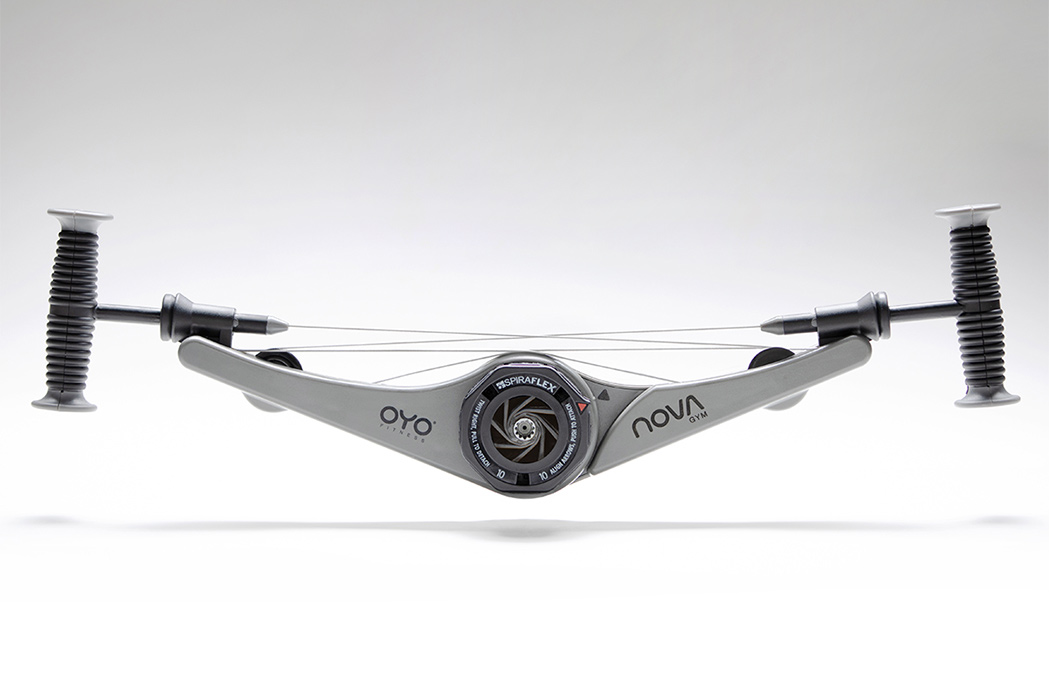
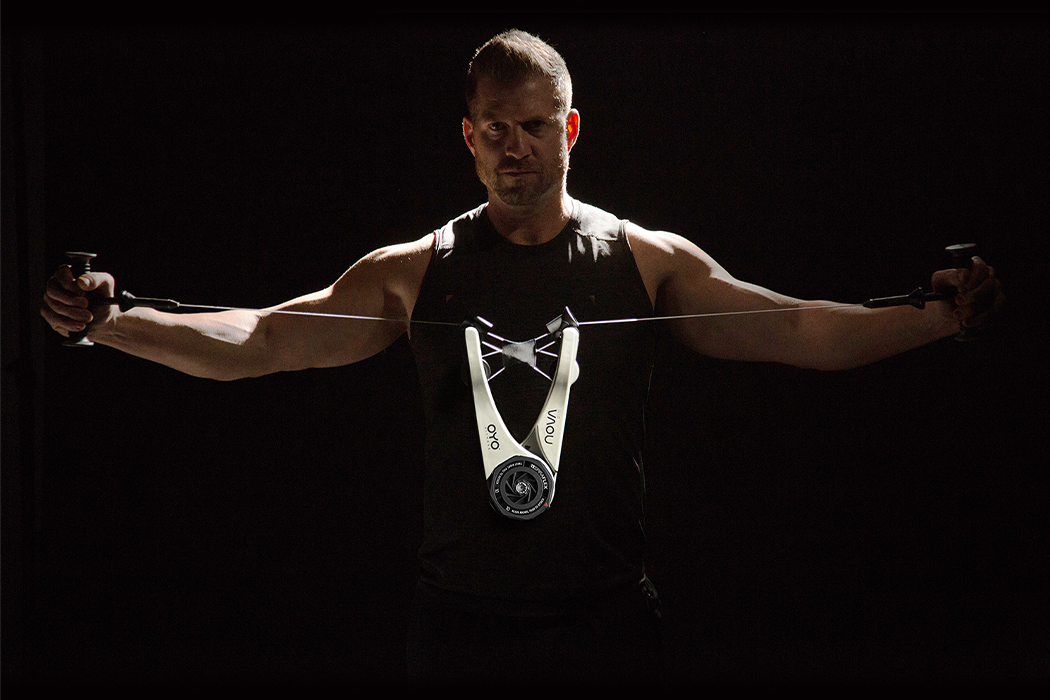

Designed to adapt to your flexible lifestyle, the NOVA lets you transform your health and body no matter where you are without needing to go to a gym. The single exercise device is a heavy-duty portable gym that uses high resistance to provide total body strength training at home, office, or on the go. “The NOVA Gym provides up to 40lbs (18kg) of resistance in each hand in all planes of movement, yet only weighs 2.5lbs (1.12Kg) and folds up to go anywhere,” says Paul Francis who created the design and is also an architect, industrial designer, and inventor. The team uses their patented SpiraFlex technology that provides weightless resistance and was actually the first resistive exercise device used in space (NASA iRED) – Paul Francis is truly an inventor because his technology is ‘out of this world’!
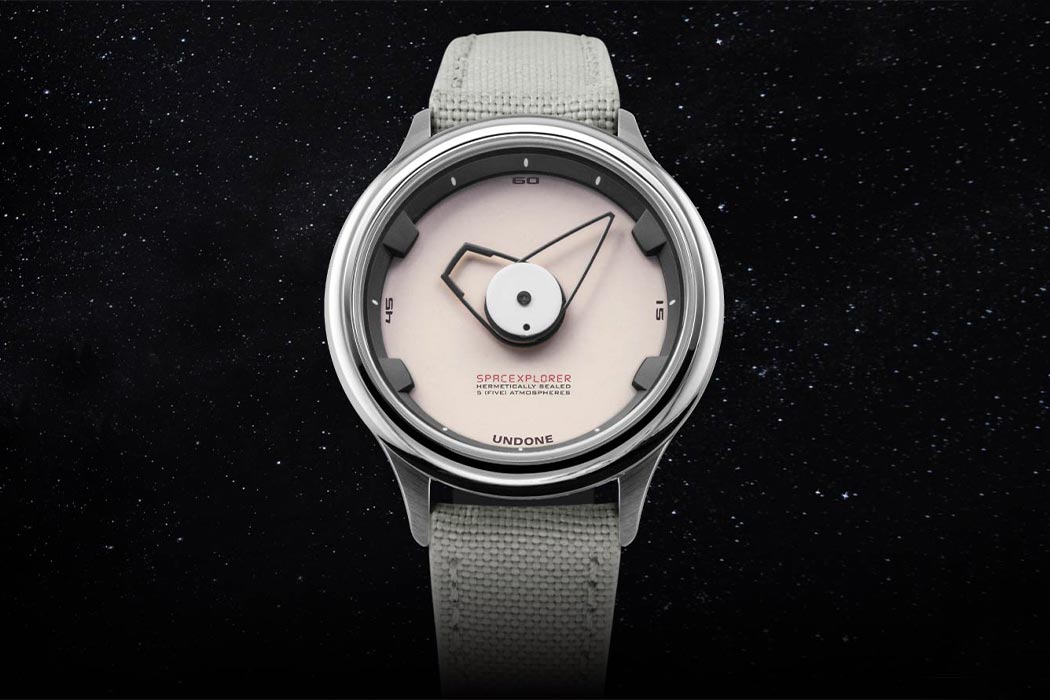
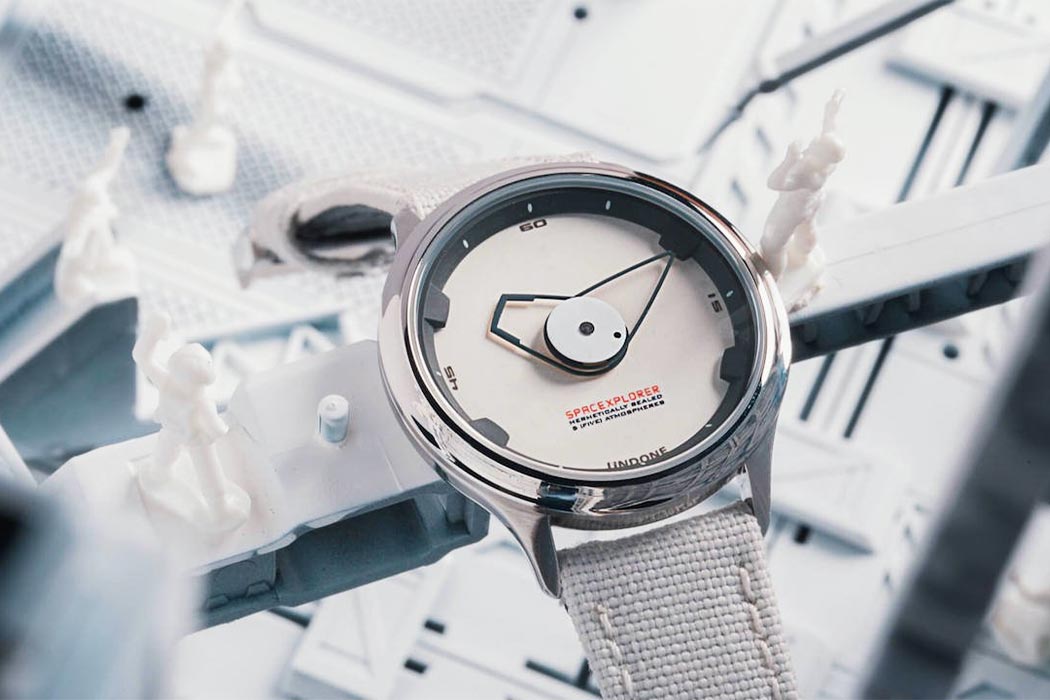
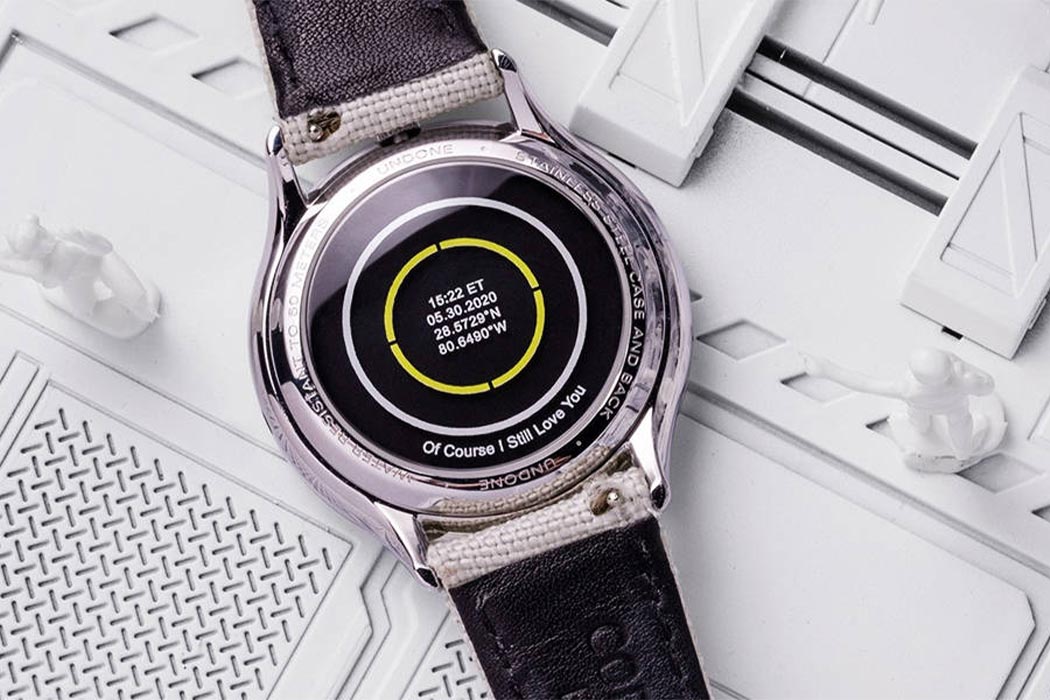
UNDONE’s SpaceXplorer watch pays homage to the 2014 SpaceX Dragon V2 spacecraft. It is a limited-edition timepiece that celebrates achievements that we have made in terms of design, technology, and innovation. Funny, we do the same at Yanko Design every day too! This special watch pays great attention to detail and you will recognize those little things instantly if you are a space nerd. For instance, it features styling elements from the new SpaceX ultra-modern space suits. Then it takes it up a notch by using the Dragon V2 capsule’s design details – the grey dial ring, white indices, and the unique hands which are modeled off of the capsules’ white oblong shaped indices and windows.
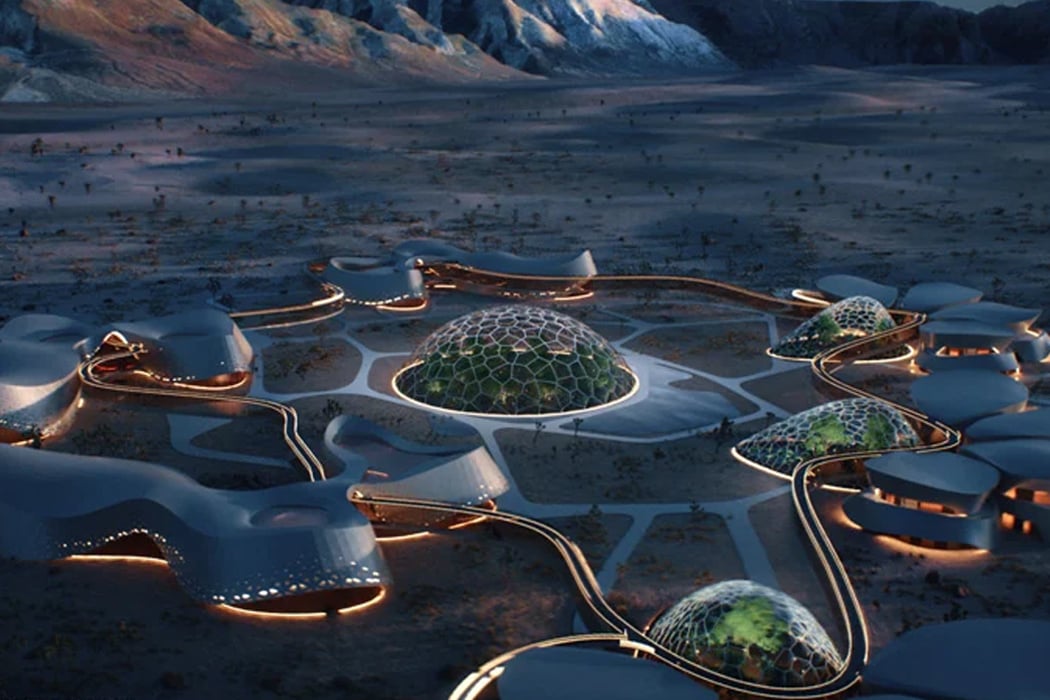
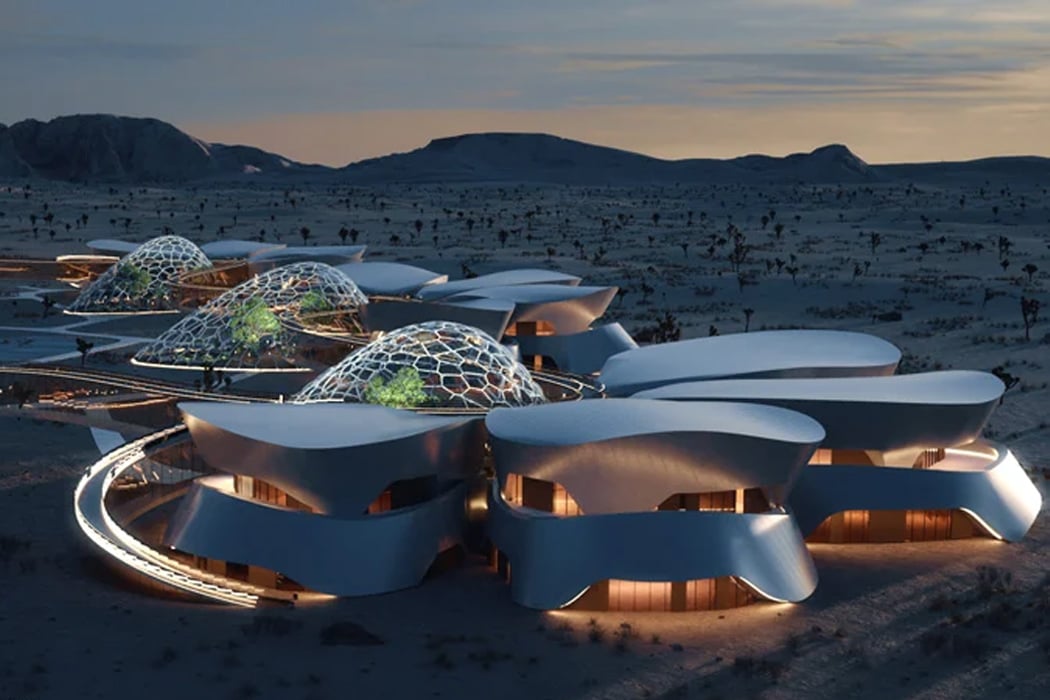
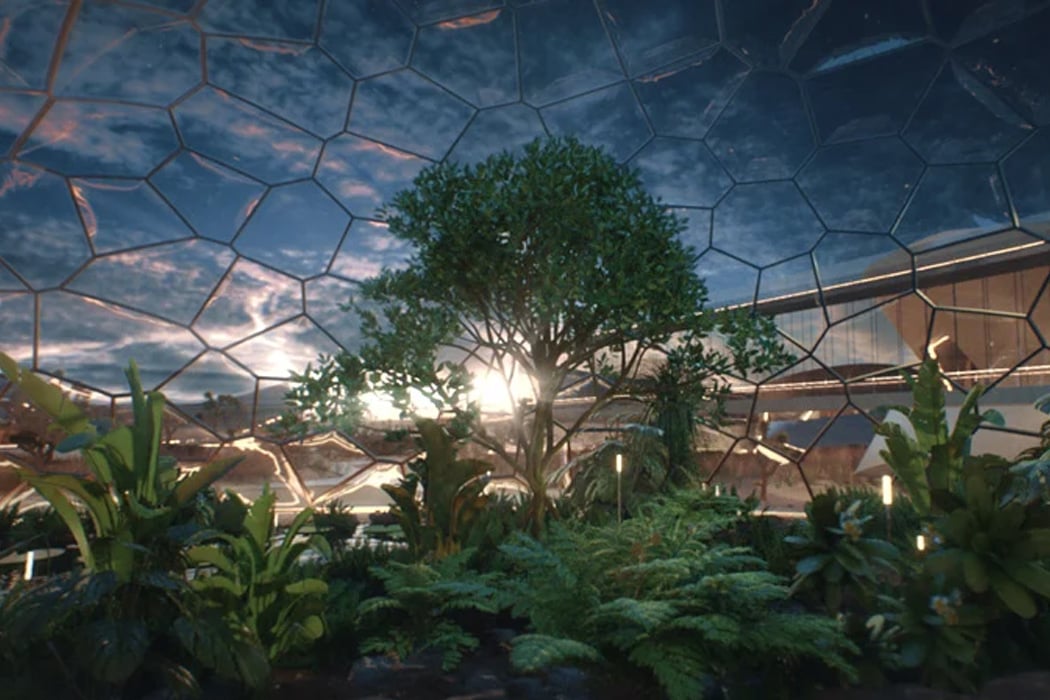
Paris-based Interstellar labs have planned to build a network of biomes in the Mojave desert in California to create and study the future of human settlement on Mars. Named EBIOS (experimental bio-regenerative station) the design is a circular village (enclosed on itself) with ‘regenerative life support technologies’. “Sentient life is likely very rare in our universe — complex life may be rare in our solar system,” said founder and CEO Barbara Belvisi. “At Interstellar lab we are building technologies to help its preservation and regeneration on earth now and in the future on other planets. What we need to bring on mars for life is what we need to protect on earth right now. The only path to becoming a multiplanet species is to join our energy in the same direction.” Following this philosophy, Interstellar is working closely with NASA to create the ideal habitat to help humans start the next leg of our journey across the Milky Way. After all, once we settle on Mars, who is to stop us from finding new planets!
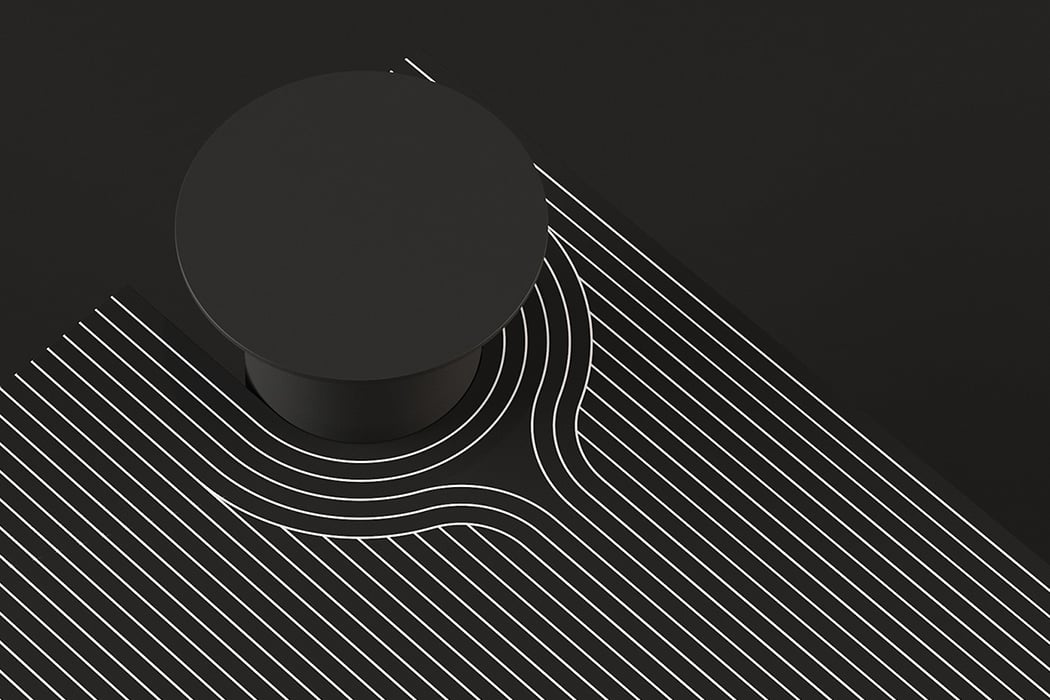
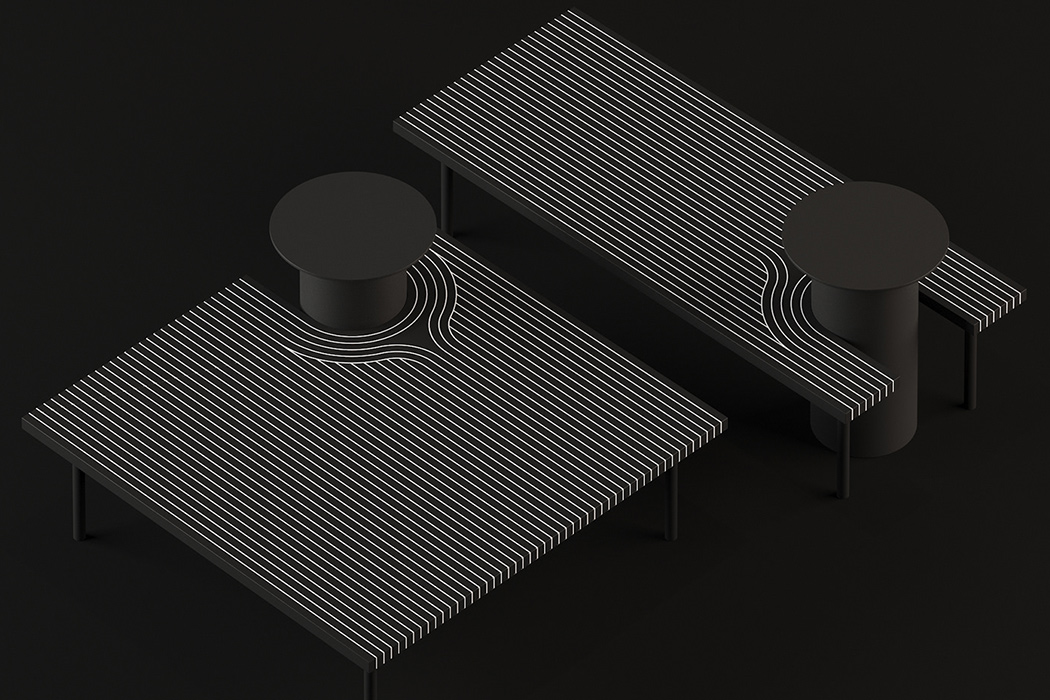
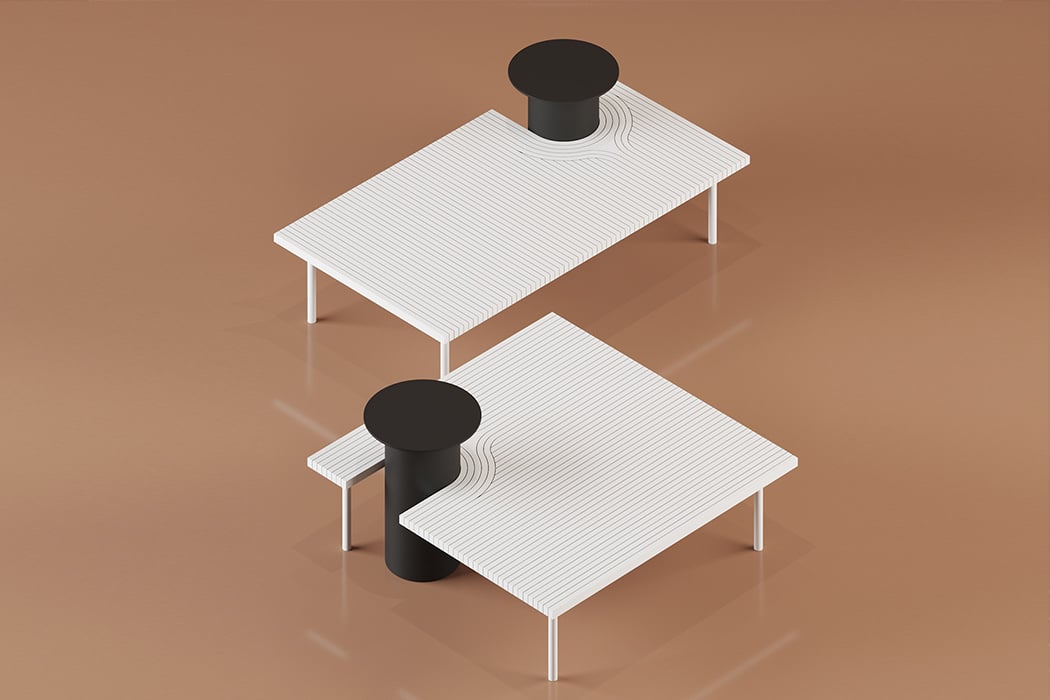
The minimal furniture collection uses clean lines focused around an elevated seat, bringing to mind the stunning visuals of the Gargantua black hole portrayed in Christopher Nolan’s Interstellar. The story goes like this – Eugénie von Tunzelmann, a CG supervisor at Double Negative, generated a flat, multicolored ring – a stand-in for the accretion disk – and positioned it around their spinning black hole. Something very, very weird happened. ‘We found that warping space around the black hole also warps the accretion disk, so rather than looking like Saturn’s rings around a black sphere, the light creates this extraordinary halo.’ This warping halo brings to mind the lines showcased in this design. The furniture itself boasts of low tables that work as a coffee table as well as a bench, given the changing width of the design.
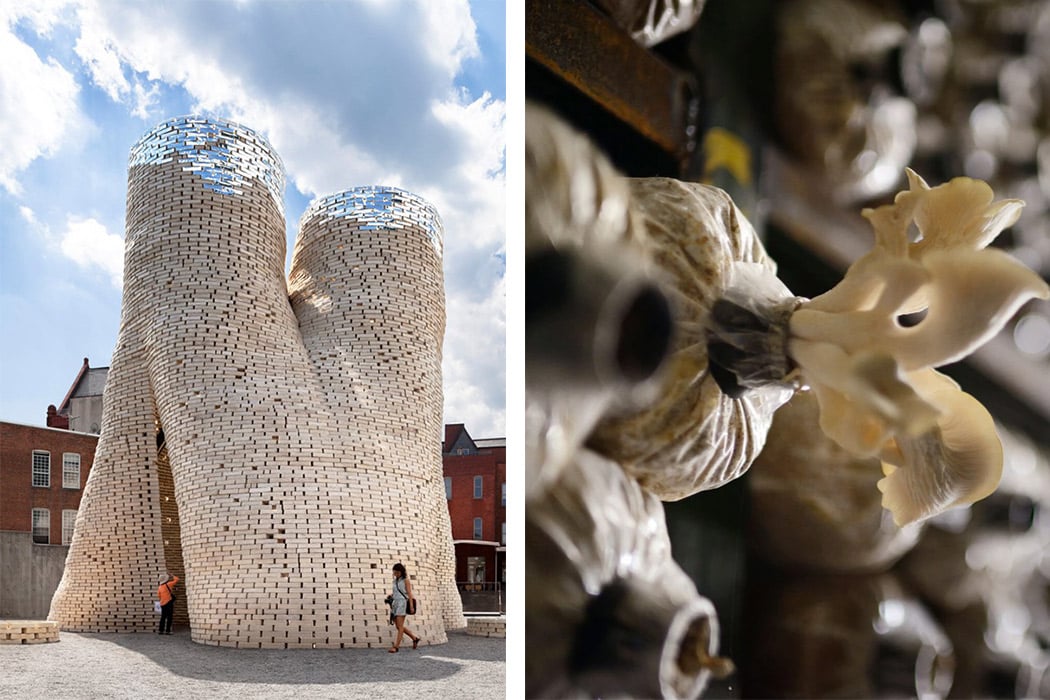
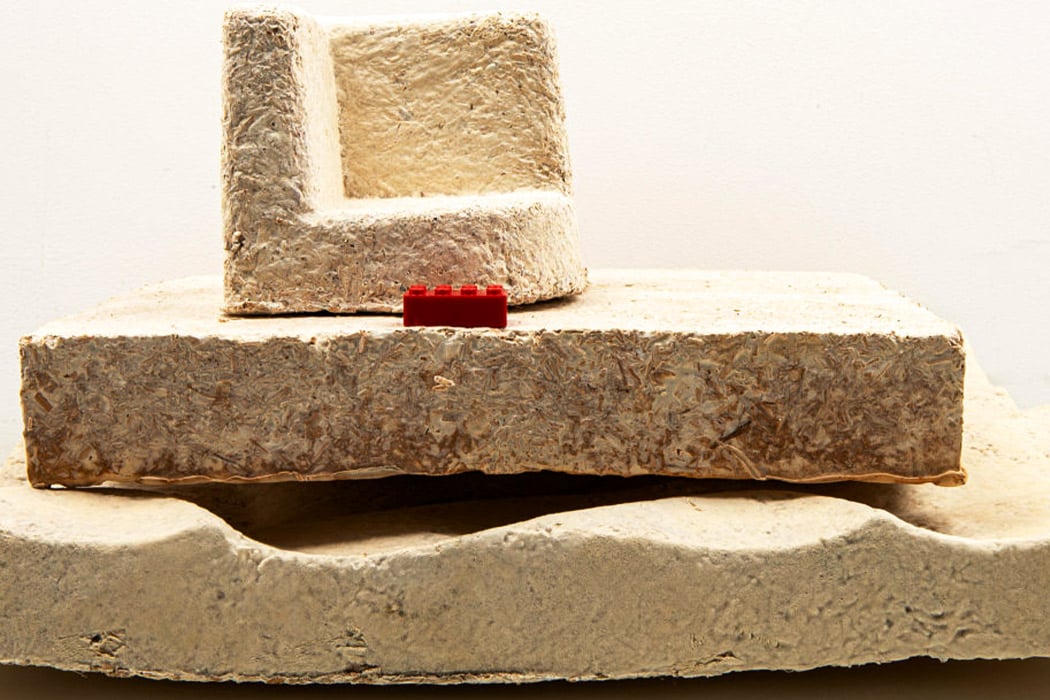
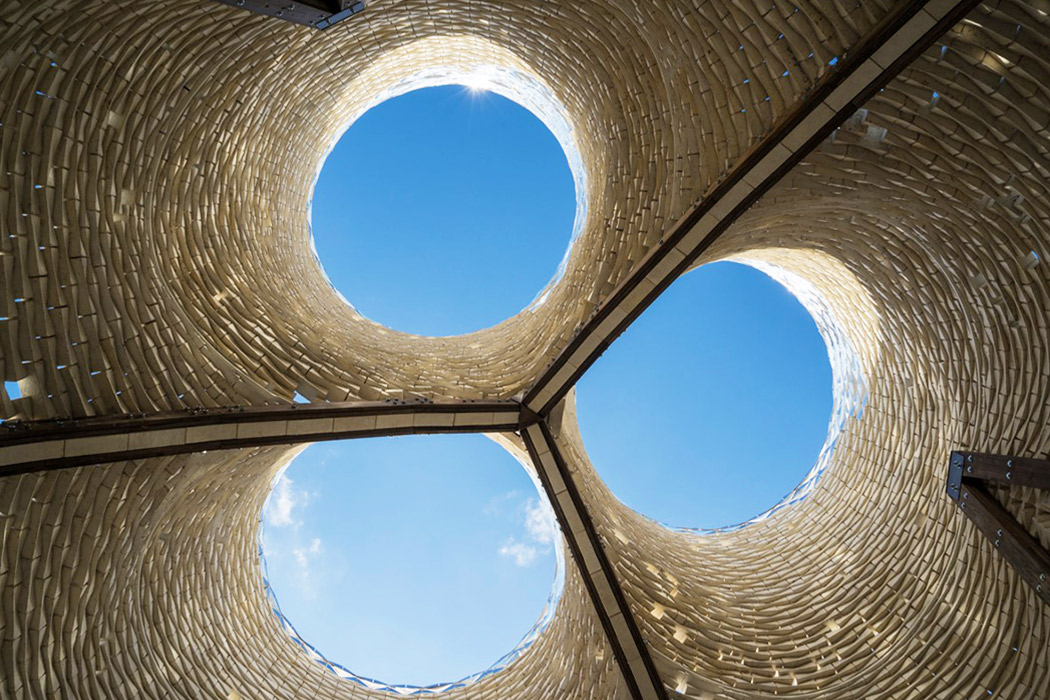
The construction industry emits 4 times more CO2 than the aviation industry and that is enough proof they must focus on ecodesign to reduce their colossal impact especially when sustainable materials, like mycelium composites, already exist! This material is created by growing mycelium–the thread-like main body of a fungus–of certain mushroom-producing fungi on agricultural wastes. The mycelia are composed of a network of filaments called “hyphae,” which are natural binders and they also are self-adhesive to the surface they grow on. The entire process is based on biological elements that also help in upcycling waste and reducing dependency on toxic fossil fuels. Mycelium composite manufacturing can also be a catalyst in developing new bioindustries in rural areas, generating sustainable economic growth while creating new jobs. The Living has designed an organic 42 feet tall mycelium tower to show the potential of using mushrooms for stable structures which is just one of many such projects.
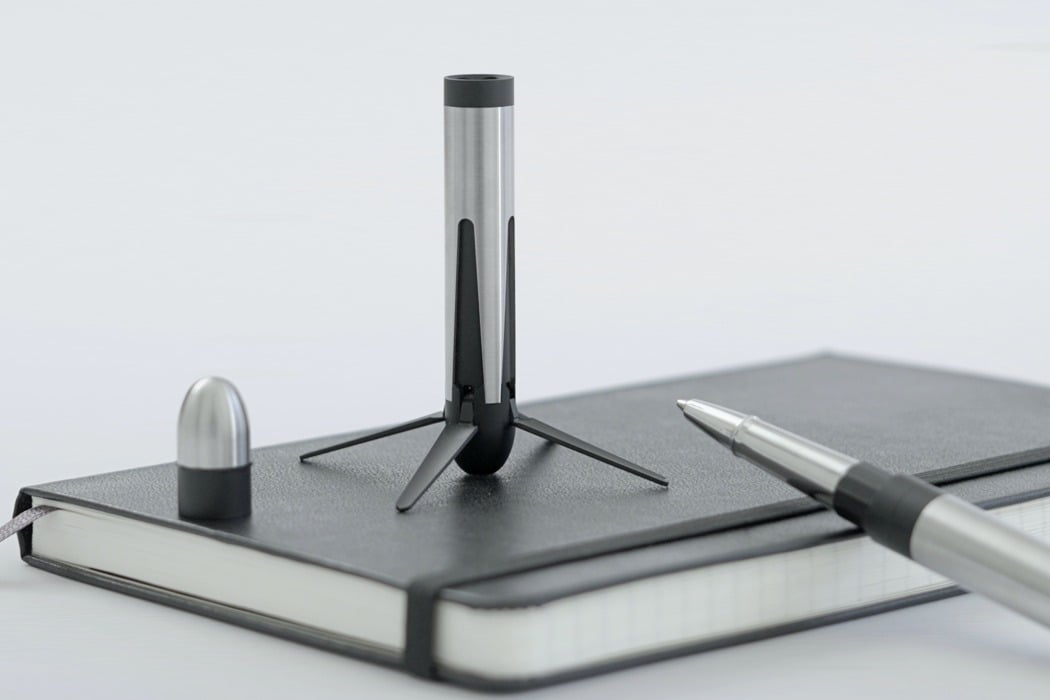

The pen’s name comes from the term ‘nominal’, often used for when everything’s going smoothly and according to plan. Designed as a celebration of SpaceX’s recent achievements of being the only private company to send humans to the ISS and bring them back (while even retrieving parts of the spaceship to be reused at a later date – something nobody’s ever done), the Nominal Pen by Mercator London models itself on the Falcon series of rockets (the Falcon 9 Block 5 in particular). The pen comes in a similar light+dark metal finish, featuring four retractable legs that open out, allowing it to stand vertically on its own… after all, it would be quite shameful to have to put a rocket-shaped pen in your pen-stand, right? The Nominal Pen’s retractable legs are operated by a twist-to-open mechanism machined right into the pen’s metal body… while the opposite end of the pen features a magnetic crew-capsule that detaches from the rocket-body! The pen comes in two variants – a matte aluminum, and glossy steel, and an optional Octo-stand to dock your ‘space pen’ on your desk in glorious fashion.
While we wait to step on the moon, here’s a replica of the moon’s surface to keep us mesmerized.
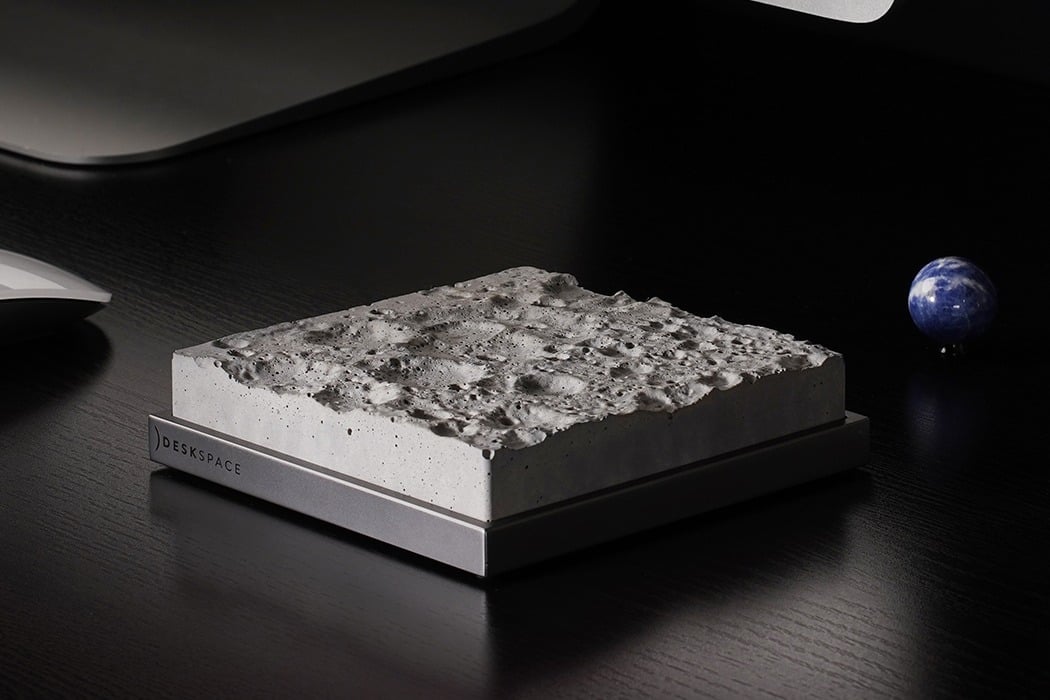
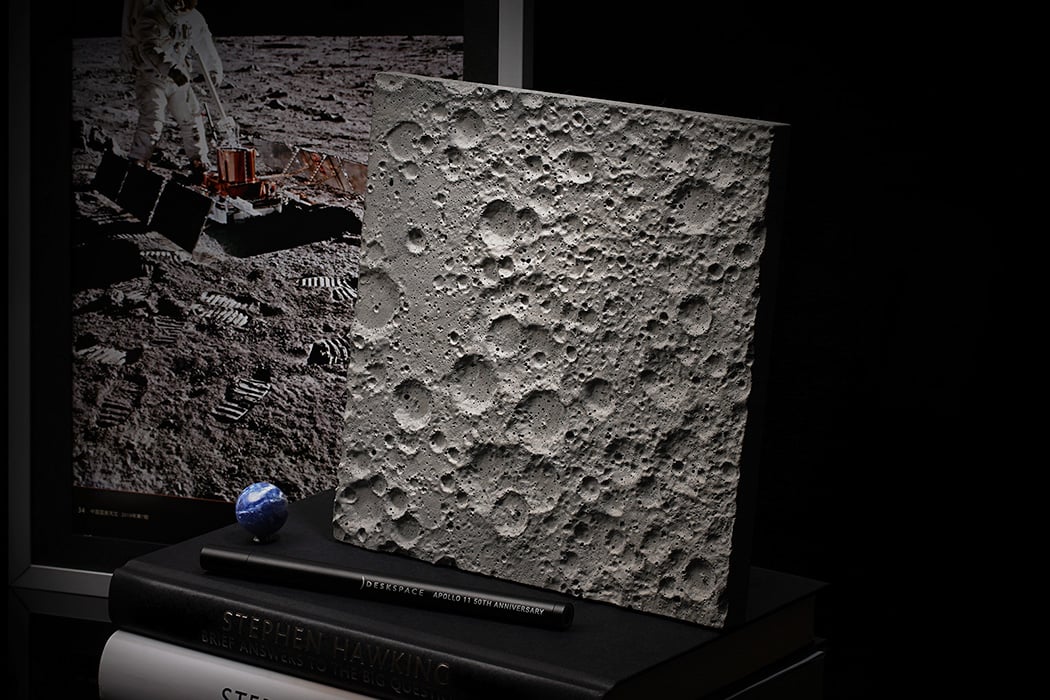
Designed to celebrate 50 years since the iconic Apollo 11 mission which took Neil Armstrong and Buzz Aldrin to the moon, the Lunar Surface is emblematic of that rare moment that changed mankind’s tryst with space forever. We’ve embarked on hundreds of journeys to the International Space Station ever since, and sent out shuttles and satellites into space, but the moon landing still remains by far one of the most significant events in our history… a feat that hasn’t been repeated since. Capturing the enigma that is our closest cosmic neighbor, the Lunar Surface by DeskX combines history, science, and astronomy, all in one. The replica’s deeply cratered surface is as detailed and inspiring as a painting, making it great for hanging on a wall or propping up on a desk.



